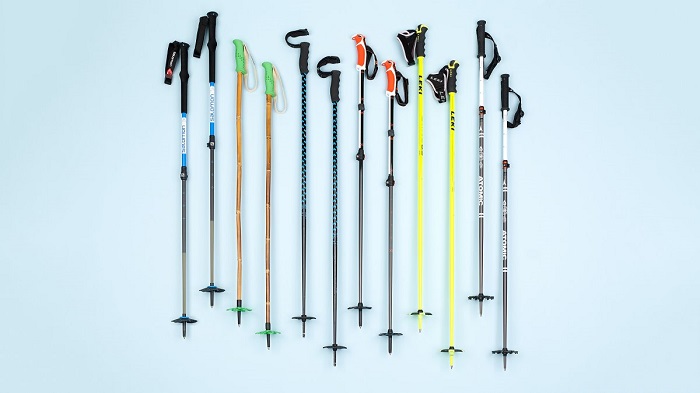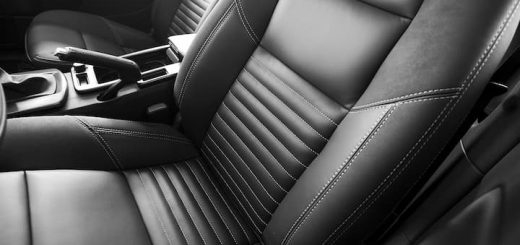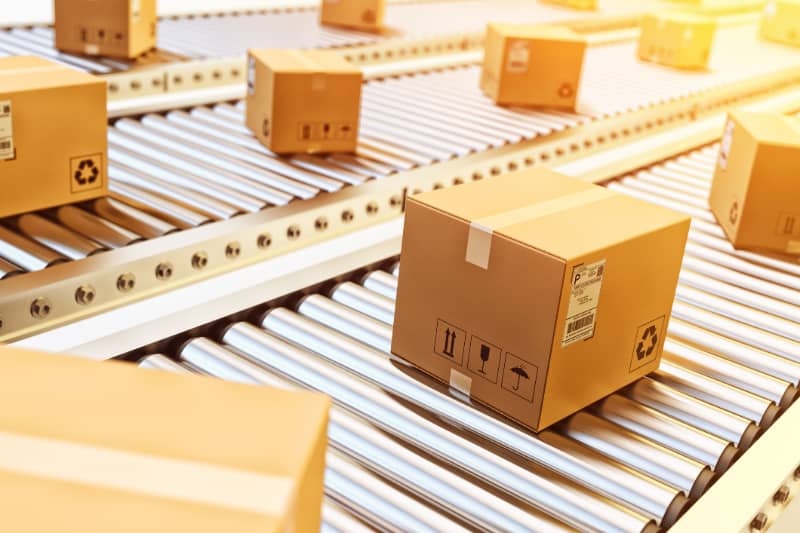Explaining the Best Skiing Poles for the Different Types of Skiing
A good pair of ski poles can make a world of difference between a memorable day on the slopes or a day you’ll spend thinking you’d rather stayed at home. Most skiers pay a lot of attention to buying the best pair of skis and disregard the quality of their poles. However, having a good set of ski poles can be a total game changer. Here are some important things to pay attention to when shopping for skiing poles online.

Length
First and foremost, make sure you take some measurements. to get the right fit of skiing poles. This includes the height of your arm with your elbow being bent at an angle of 90 degrees. Poles are typically sized in five-centimetre increments. If you have a chance to size yourself for downhill ski poles, do it while wearing thick-soled shoes or ski boots. To best do it, turn the pole upside down and grasp the pole just below the basket. When the handle is touching on the floor, your elbow should be at about a 90-degree angle.
Basket
This is the part of the poles that prevents them from sinking in the snow. Most downhill poles have a useful, generalist basket. Typically, bigger baskets are better for deep powder, while small ones are fine on packed conditions.
Strap
If you are a very clumsy person I would suggest you get a pair of skiing poles that have adjustable straps. The straps will help keep the poles on your hands at all times for a care-free experience. They are also recommended for beginners. The more comfortable models have padding while there are also some that make use of plastic.
Grips
Plastic, rubber, and cork are the most common materials used on downhill ski poles. Reputable brands choose high-quality materials for their grips. As you gain experience skiing and try out various poles you may form a personal preference based on the different level of comfort that different skiing poles offer.
Material
When it comes to pole materials, aluminium, fibreglass and carbon fibre are the most commonly used options. Fibreglass is a very inexpensive option, however, keep in mind that it breaks pretty easily. Carbon fibre is quite expensive but it is very light and is often blended with other materials in high-end poles. Aluminium is a great material for skiing poles as it combines the best of both worlds – it is inexpensive and very effective.






